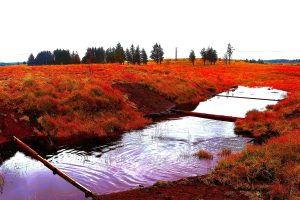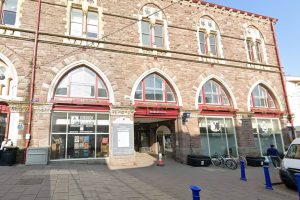A CAR park at Gwent’s largest hospital could be turned into an energy generation hub using solar power.
NHS body the Aneurin Bevan University Health Board has unveiled plans to cover the near 300 space car park adjacent to The Grange Hospital in Cwmbran with a canopy of solar panels.
The plan is intended to help the body which runs NHS services and hospitals across Gwent in achieving its contribution to the Welsh Government’s aim of a net-zero public sector by 2030 that doesn’t produce any more carbon emissions than it uses.
Energy generated from the sun would then be fed back into the hospital’s existing energy supply via a proposed new transmitter, at the end of the car park furthest away from the hospital near its walled garden, and an existing cable.
An application for planning permission has been submitted to Torfaen Borough Council which is considering the proposal.
In its application the health board states there will be no permanent loss of parking spaces as the solar car ports wouldn’t prevent any of the existing spaces being used.
The application states: “The car ports at their lowest points are accessible to vans and large cars. As such, it is considered that the proposed development will not limit the vast majority of vehicles that can park in the spaces in respect of scale.”
Construction of the panels will be phased to minimize the temporary loss of parking spaces.
There will be no panels within the central row of the car park, which connects to the walled garden, to protect the existing trees though some shrubs may need to be moved to accommodate the ports.
It also states: “Due to its size, the existing car park presents an excellent opportunity for efficient land use by maximising the utility of the space. Furthermore, the solar car ports would provide protection from adverse weather conditions and would offer shade during the summer months.”















